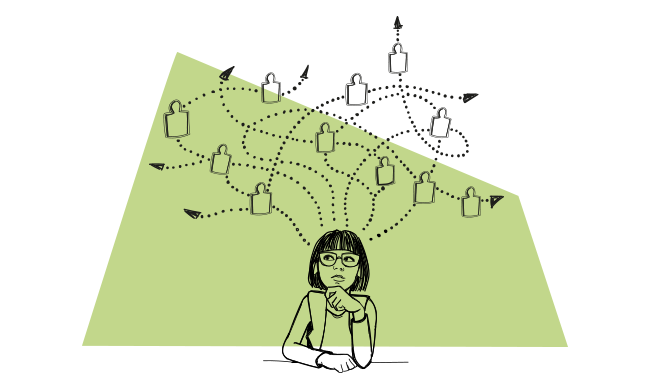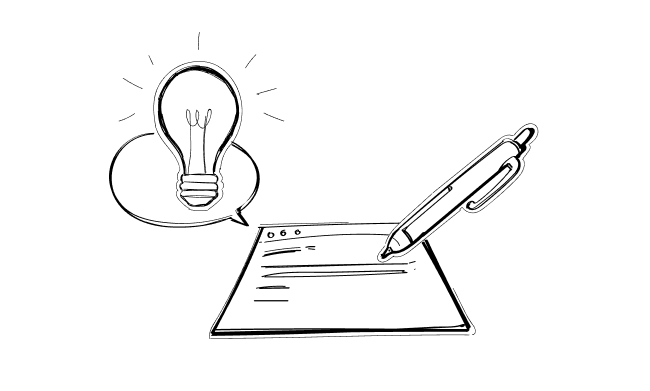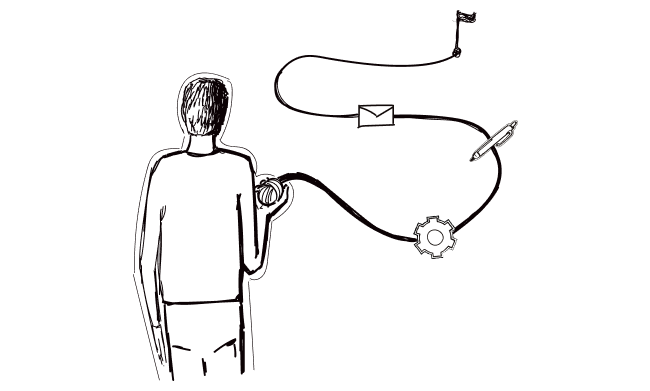You can’t skip the client onboarding process, and the way you carry it out will reflect on the entire collaboration.
It goes without saying that the onboarding process needs to be fast and efficient. You better make sure that it delivers a great experience to your clients and helps you build a shared understanding of the campaign’s target and expectations.
But where do you get started? Let’s tackle the onboarding challenge!
Why is onboarding a new client challenging?
The main issue related to bringing a new client on board is the sheer amount of information you need to communicate right at the start to create shared expectations around the collaboration. Here’s one good example: creating a dedicated domain and email inbox. You wouldn’t believe how many customers this comes as a surprise.
In a cold emailing campaign, you basically take over the client’s identity and write in their name. You become the manager of their reputation. That’s what makes the onboarding process so essential.
Another important point is establishing your settlement model. Agencies usually charge per campaign or per the number of leads generated. If it’s the latter in your case, it’s crucial that you both understand what a “lead” means – is it a positive response to the email or a booked meeting?
Step-by-step guide to onboarding a new client
1. Gathering initial project data
The purpose of this step is to gather information on the client’s goals, customers, and Unique Value Proposition.
First, you need to understand the campaign’s goal – is it lead generation or something else, for example, gathering customer feedback or re-engaging leads?
The client’s customer base is another point you better remember. You need to know where their current customers come from, who they are, and what style or tone of voice is the industry’s communication standard.
Naturally, you should also learn whether the client has already run email campaigns, and if so, check out the campaign assets to ensure that the new material is coherent in terms of style.
Don’t forget to ask whether the client has their own mailbox and a dedicated domain.
To make your life easier and accelerate this step, you can create a survey listing all these questions and send it to clients.
2. Discovery call
The goal of this step is to learn more about the client’s needs, offer, and target audience. Be as specific as possible here, especially about the last point (it really is in your best interest!). This is how you can start working out a strategy together.
Decide which countries your email campaign will target and offer advice. Set expectations early on. If your customer wishes to address prospects in the United States but has no previous collaborations with companies from the country, the chances of the campaign’s success are slim.
3. Technical settings
If you like to play it risky, by all means, go ahead and skip this step in your onboarding process. But it will only make your life harder. Make sure that the technical settings of the client’s mailbox are correct, or else your campaign might fail.
Focus on the following points:
- Check the mailbox configuration (SPF/DKIM),
- Domain age,
- See if the customer is on any blacklists.
Solutions like Woodpecker Agency can cover these three points for you automatically.
The main challenge here is that the configuration needs to be set on the client’s side. Make sure to communicate the risk and value of getting things right.
To streamline this process, you can create a tutorial for all the popular email providers and send the relevant ones to your clients during onboarding.
4. Content creation
Next, it’s time to prepare the content of your messages. Agree on the style, tone of voice, and general flow of the campaign:
- Is the style formal or informal?
- Are we going to send 11 vs 2 follow-up emails?
- What is the sales cadence? Is it a quick campaign before an industry event or a long-term campaign where intervals can be longer?
5. Message delivery and response management
Start sending as soon as possible to show the client that their project is up and running. Ideally, the first shipment should take place no later than seven days from the discovery call.
Once the responses start flowing in, guide your clients on how to manage customers and write back to them. Prepare them for negative responses – not everyone knows how to handle rejections! And make sure they know how quickly they should respond.
This is an important point in expectations management, too. A client running their first campaign might think that a 30% response rate is a failure, while for marketers, it’s like reaching the holy grail.
Wrap up
Setting up a smooth onboarding process backed with useful checklists, tutorials, and templates helps you deliver a great customer experience at every step of the way, ensuring that your campaign delivers fantastic results.
READ ALSO

Woodpecker for B2B Lead Generation Agencies
In the renaissance of cold emailing, some companies made outbound lead generation the core of their business. We call them lead generation agencies, as they offer the service of generating B2B leads for the sales teams of their client companies. The agencies send numerous emails and follow-ups on behalf of their clients. Managing so many cold email campaigns at the same time can be a real drag. That's why we've implemented a separate set of features dedicated to lead generation agencies in Woodpecker.co. Here's how you can handle all your clients' campaigns within Woodpecker's agency panel.

How Do You Start a Lead Generation Business?
You’ve been handling leads either as a sales rep or marketer in a full-time position for a couple of years - at least. You know many tricks of the trade, but you’ve never done it on your own before. Or maybe you have, but not at scale.

How Can Agencies Create Content for Successful Outreach Campaigns?
In a cold email campaign, you only get one shot to engage the prospect. And you can make the first impression only once. How you do that determines the success of your entire interaction.

